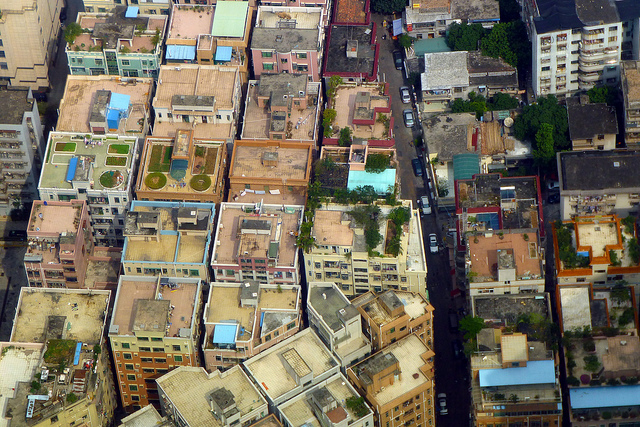Formalizing China’s Handshake Buildings
+ Brandon Fuller
The recent issue of The Economist has a good article on China’s efforts to make urbanization more inclusive. The piece focuses on the role of China’s urban villages in particular. We’ve touched on China’s urban villages in this space before (here and here), discussing the work of UP scholar Alain Bertaud. Urban villages offer parallel housing markets for China’s lower-income rural-to-urban migrants. Here’s a description from a previous post.
Because structures in the urban villages are often built close enough together for neighbors to reach out and greet one another, residents refer to them as handshake buildings. As The Economist notes, some in China see the urban villages as key to efforts to make urbanization more inclusive for poor migrants.

The Economist cites several other reforms that are receiving attention in China’s debate about how to improve urbanization.
Read the full article here.
